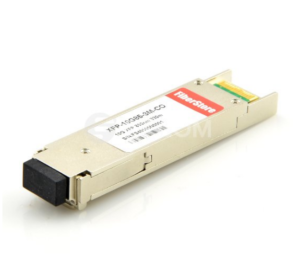When you require modules and also other items to your office system, you will need some specialist. In case you have an IT department, employees will know how to choose and install these materials. A small company doesn’t routinely have these extra employees. What this means is replacing your systems plugs as well as other items might be a bit difficult. You are able to attempt buying these products differently. Requesting professional guidance prior to deciding to try and purchase and install fiber optic module or transceiver will help save you time and cash.
You can try to locate a professional merchant online. Online merchants sell all types of fiber optic products and should be able to provide you with the help that you need. You should be able to find items such as Cisco GBIC, Cisco SFP Modules, and other helpful products. An experienced merchant will give you smart advice by listening to what your system needs are. You can get this type of guidance at no charge. Such as FiberStore, you can find some tutorial to help you install or contact with the sales to tell you some professional guide.
Some Introduction Wiht SFP Module:
Cisco SFP known as Small Form Pluggable is the upgraded version of GBIC (Giga Bitrate Interface Converter) with LC interface and half the size of GBIC module. SFP saves space and has a working distance ranging between 500 meters to 100 kilo meters. You can find SFP sockets in Ethernet switches and network interface cards. Its low cost, low profile nature and the ability to provide multiple connections to many different types of optical fiber provides most equipment’s with flexibility.
Usually the SFP modules are found with the LC fiber connecter interface. This model of transceiver covers a wide range including various types working at different wavelength and distance. This type of transceivers provide customers with a very convenient and affordable solution for finding a large area of habitat in metropolitan area access, data center, and ring networks, campus and storage area networks. Cisco which believes in their motto of meeting commitment and excellence offers a wide set of choices in regard of protocols, speeds, reaches and transmission media support. They provide the customers with a larger range of interfaces which are detachable to multimode or single-mode type of optic fibers along with coaxial or UTP electrical cables. In addition to this transportation of LAN packets through TDM-based WAN and also streams over the packet-switching networks.
FiberStore as the main professional fiber optic transceivers manufacturer and supplier in china, we provide a full range of optical transceivers, such as X2 transceiver, XENPAK transceiver, XFP transceiver, Mini GBIC transceiver, GBIC transceiver, CWDM/DWDM transceiver,PON transceiver and so on. If these transceiver cannot full you need ,we also can supply customize optical transceivers to fit your specific requirements.


